A quick introduction to matcha, Japanese green tea, and how to use it in Japanese cooking and baking!
Matcha – it’s everywhere. In lattes, brownies, cupcakes, smoothie bowls, energy bars, where is it NOT? If you still don’t know what matcha is, or what the fuss is all about, read on and take a look at the wonderful, bright green ingredient of the decade!
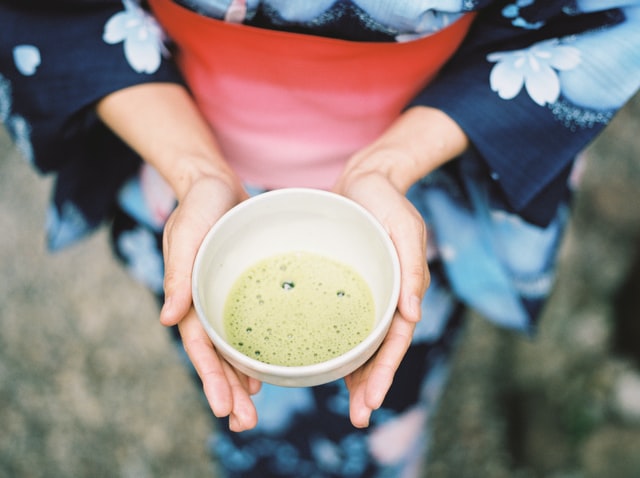
What is Matcha?
Matcha (抹茶) is a green tea leaf, specially grown and finely ground into an ultra-fine bright green powder. It originates from Japan, where it is consumed as part of a traditional tea ceremony, where the tea is prepared and presented according to a specific etiquette. Over the last decade, matcha has made its way into Eastern culture and food trends, and is definitely here to stay! If you look around your local asian store, you will notice that matcha comes labelled as “ceremonial grade”, and all that means is that the matcha was grown and processed at the highest standard. You want matcha powder that is fine, very green, and smells of slightly sweet yet earthy morning grass (you’ll know it when you smell it). If the price looks too good to be true, it probably is (and the powder is probably grey, ick)

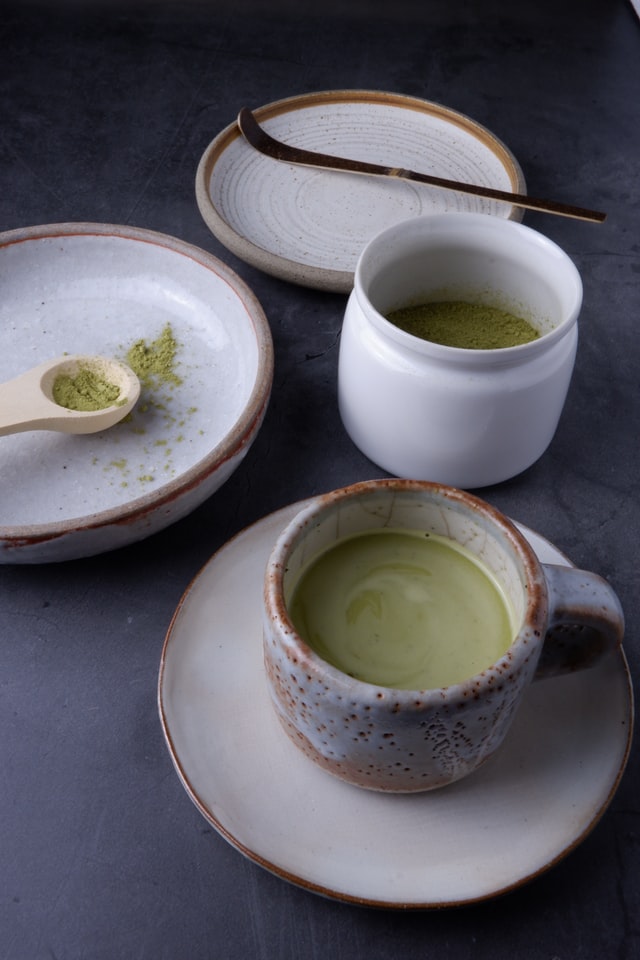
What Does Matcha Taste Like?
Matcha has a complex flavour profile of mellow grassy-ness, it is slightly bitter, and has a pleasant savoury ending on the palate. It is great sweetened too!
What is Matcha Good For?
Matcha is a wonderful alternative to coffee for a hit of caffeine. The type of caffeine your body receives from matcha is a more stable kind, unlike coffee which comes in spikes. The boost in energy and mental clarity builds upon itself and lasts longer. Matcha is also known to be great for digestion, to help soothe and clear skin, as well as help the metabolism do its thing properly!
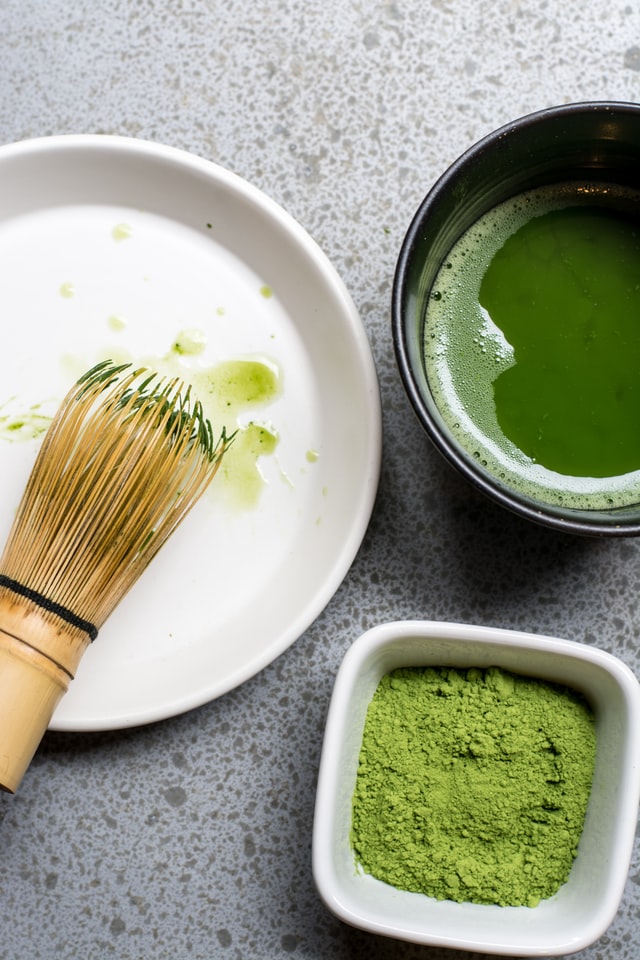

How Do I Use Matcha?
Matcha is often used paired with sweet foods and drinks, that’s why you’ll see it in lattes, cold drinks, ice creams, desserts, and energy bars! You can also see matcha mixed into noodles to give it a green colour and vegetal flavour, and into soups.
Because of its fine texture, matcha powder can easily turn lumpy if not prepared properly; matcha tea should be prepared with a small, fine, bamboo whisk (attach photo below), or with a milk frother. Mix a teaspoon of matcha powder with a dash of warm water (not boiling) in a small cup or container, and whisk vigorously in a “W” shape until frothy and well combined. You can then add this mix to hot or cold milk for a latte, with some cold coconut water for a refreshing drink, or even on top of ice cream! Feel free to add maple syrup or any sweetener to adjust matcha to your taste.
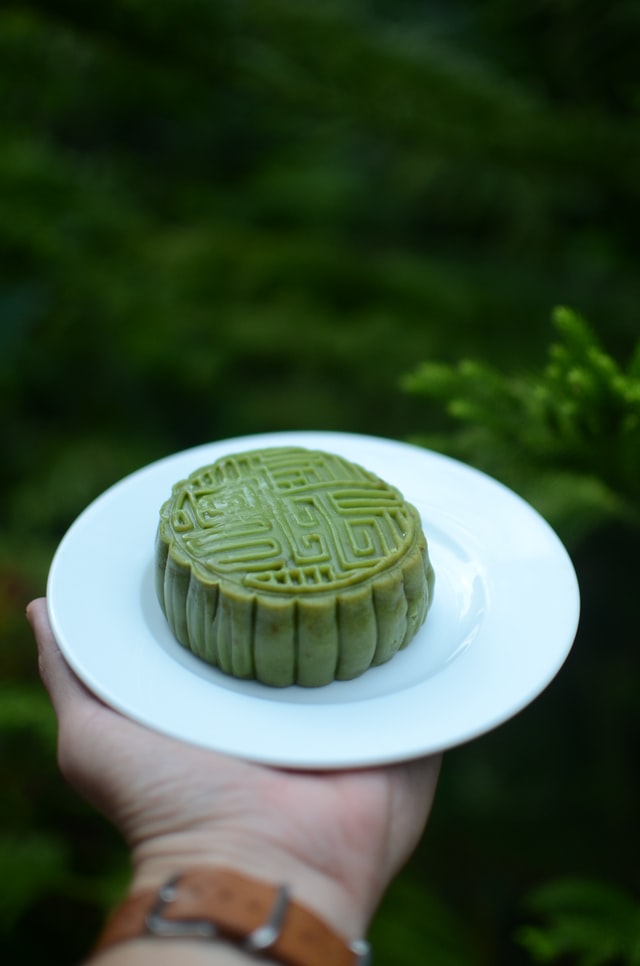
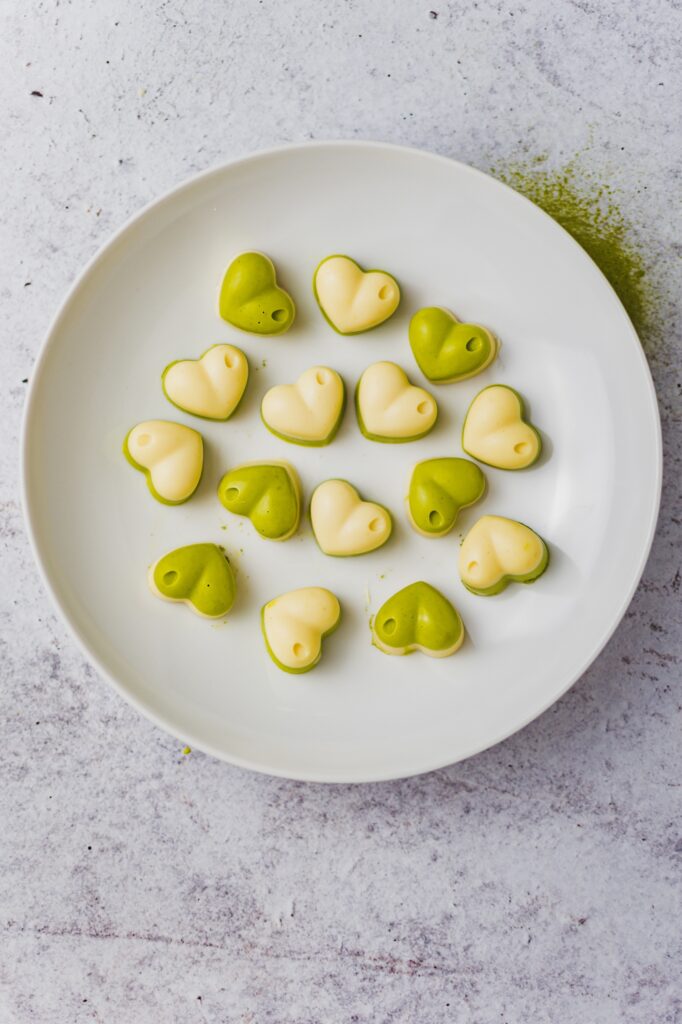
This post was written by Canadian-born food storyteller Christelle Terzian. She has a Bachelor’s in International Hospitality Management and a Master’s in Future Food Sustainability, and dedicated the past 7 years to food, hospitality, and food sustainability. Learn more about Chris @ her beautiful website Christelleterzian.com

